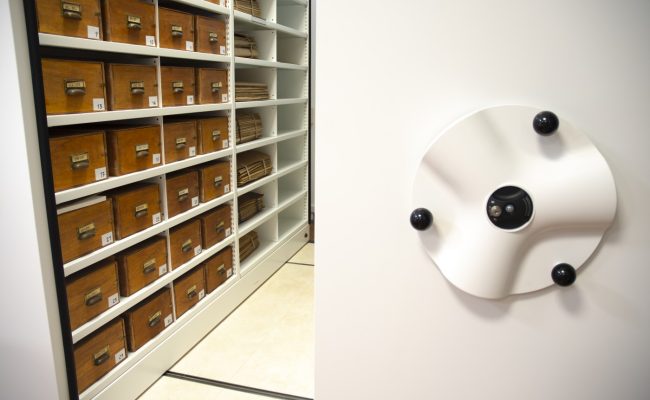Herbarium
The herbarium is divided into:
– historical herbariums, made between the seventeenth and twentieth centuries by botanists including Elia Zersi, Agilulfo Preda, F. Von Mueller, Angelo Ferretti Torricelli, family Montini, Nino Arietti, Valerio Giacomini;
– general herbariums of mushrooms and vascular plants, continuously incremented by the collections of researchers of scientific associations that collaborate with the museum (Centro Studi Naturalistici Bresciani, Circolo Micologico G. Carini, Associazione Botanica Bresciana) and that deal with studies of the flora of the territory of Brescia.
In addition to the biological collections is noteworthy that of wax mushrooms made in the second half of the nineteenth century by Andrea Maestri, a well-known wax modeler from Pavia.






